At first impression, choosing the right LED screen display for your project can seem like a simple process. To be fair, it mostly is. However, most buyers tend to feel a little out of their depth when technical words like pixel pitch come up. What is it? What role does it play in an LED screen?
Pixel pitch is a fundamental design aspect of all LED screen displays. It impacts image quality and viewer experience. It would thus be helpful to understand how to choose the right pitch for your screen. Read on and let us explore all this in more detail.
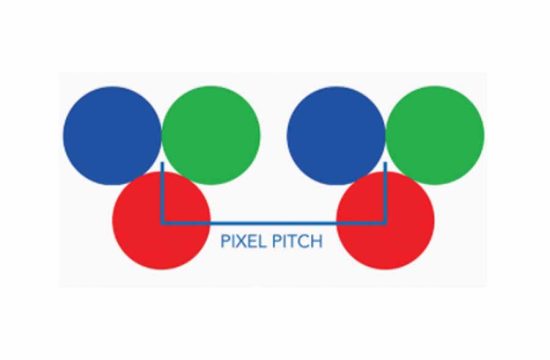
A LED screen is referred to as such because it is made by mounting clusters of LEDs on a screen surface. It is these LED clusters that illuminate, when powered by electrical current, to produce images. Each LED cluster is known as a pixel. So, with that in mind, we can now define pixel pitch.
Pixel pitch is the distance between the center of one pixel to the center of the one next to it. This distance is measured in millimeters but is also often denoted as P. For example, if a screen is labeled as a ‘P2 LED screen’, it means that its LED clusters are mounted 2 millimeters apart. Pixel pitches range between P2 and P40.
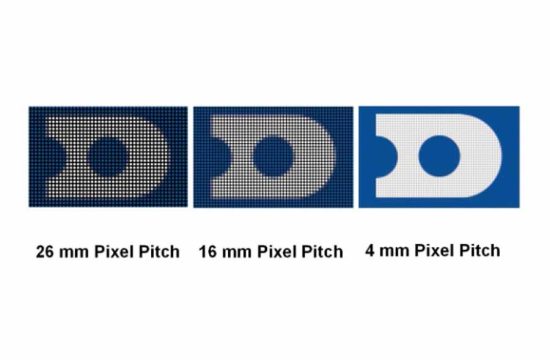
Pixel pitch determines the resolution of LED screen displays. If the pixel pitch is small, it means that there are more LED clusters mounted to cover an entire screen. The image or video content is, therefore, displayed in more detail which is also referred to as high definition (HD). As such, a P3 LED screen may be a better choice than say a P10 if you are hoping for a LED display with high resolution.
Pixel pitch on LED screens further influences:
Price – a screen with a low pixel pitch requires more LEDs and thus costs more to manufacture. Consequently, it would cost you more than a screen with a larger pixel pitch. This is a big part of why HD LED screens sell at a higher price.
Viewing distance – a low pixel pitch is recommended for up-close viewing where the audience needs to and can see images in clear detail. On the other hand, for large video walls like those used on billboards or in malls, such up-close viewing is not often possible. It is, therefore, recommended that such large displays have a high pixel pitch as it is more cost-effective and still delivers quality images.
Due to the impact of pixel pitch on the overall performance of LED screen displays, it is advisable that you consider it as you make your purchase. Some factors worth evaluating include:
LED screen displays are applied in all kinds of spaces including churches, airports, and even outdoor settings. Each of these spaces may differ in size and thus may require different sizes of LED screens. For this, you can follow the rule of thumb on pixel pitch and screen size. Aim for a larger pixel pitch for a larger screen and a smaller pixel pitch for a small LED screen displays.
There can, however, be an exception to the aforementioned rule. For instance, if you need a LED video wall for a broadcast house, high definition may be a priority. It would thus be best to choose a screen with a low pixel pitch so as to broadcast high-resolution images to viewers. This is also applicable to settings where clarity and legibility are important like airport command towers.
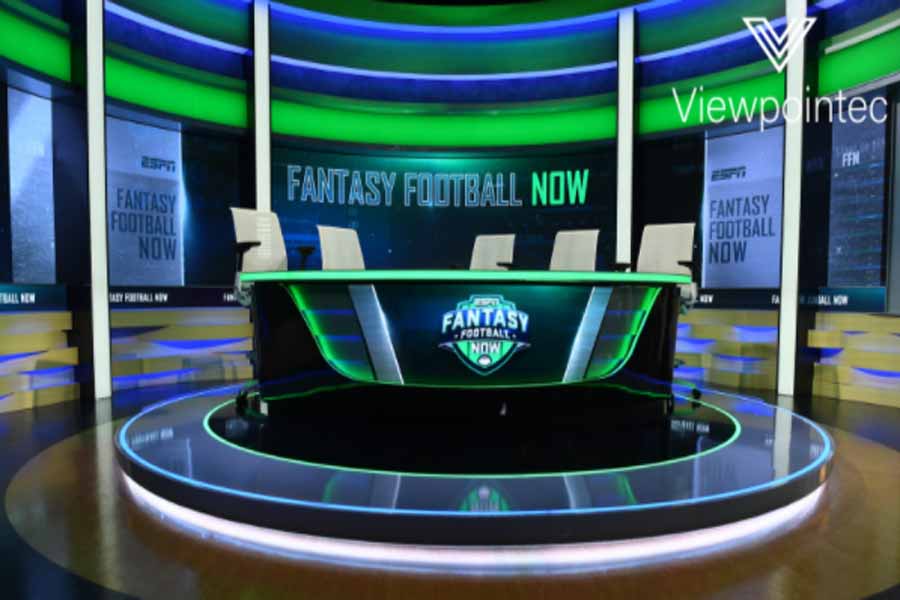
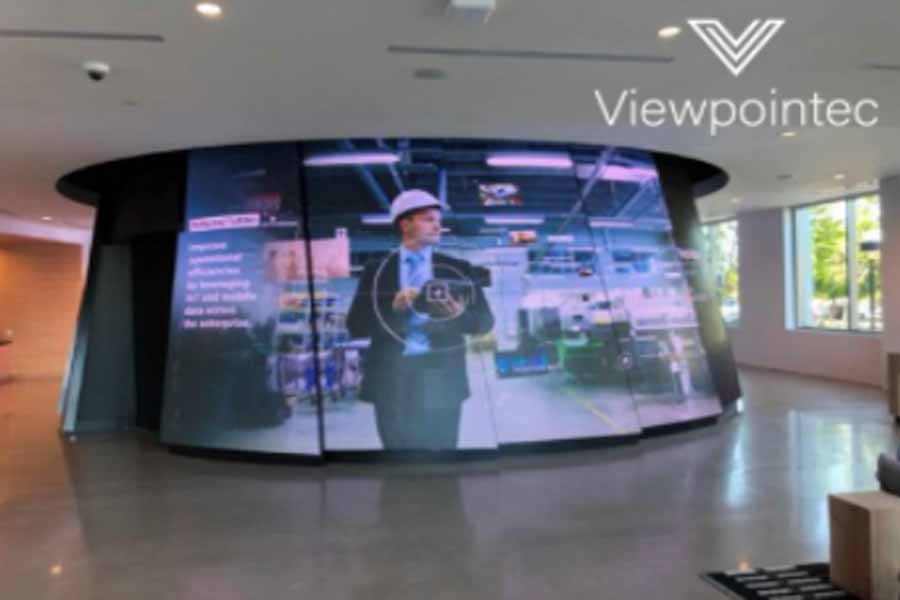
Images and videos have an original picture quality of their own. For example, an advertisement can be shot in 1080p while another is shot in 480p. It is important to note that even if your LED screen has a low pixel pitch it will not improve the quality of the content it displays. A 480p video will be displayed in that same resolution.
Additionally, consider that video content is produced to be displayed in a specific length and width. These dimensions are referred to as aspect ratio. If the videos and images you intend to display will be a large aspect ratio like 16:9 and above, then you would be better served by a large LED screen. Subsequently, you would get more value by going for a larger pixel pitch. Whereas if the aspect ratio is small, a mini LED screen with a low pixel pitch would be more ideal.
Your budget will determine what size of pixel pitch would be accessible to you. A high budget will buy you high resolution if you need it. However, if you are shopping within a restrictive budget, consider mid-range screens. These would be screens with pitches ranging from about P10 to P20. They can be viewed from approximately 20 to 50 meters with relatively high definition images thereby giving you a good compromise of both size and picture quality. Their prices are also typically within the mid-level range.

The LEDs mounted on a screen have to illuminate for images to be transmitted on a screen. If their quality is poor the picture quality that is displayed will still be poor even with a low pixel pitch. Investing in such a screen would, therefore, not be worth it as you may pay a premium for the low pitch but it will not deliver the anticipated value. In contrast, high-quality LEDs would offer you great quality images even when the pixel pitch is large. They are also likely to be more durable.
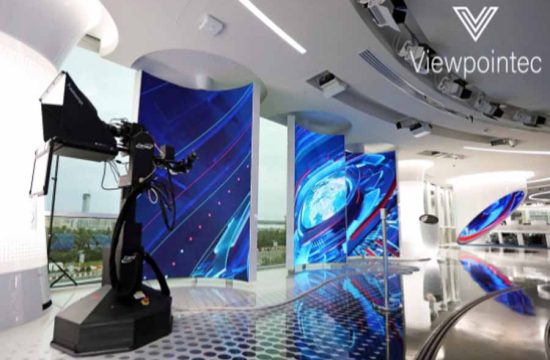
LEDs are mounted in pitches that have somewhat become standard in the LED screen industry. Examples of such pitches include P1, P2, P5, P10, and P40. However, some projects may require a unique pixel pitch based on where the screen is to be applied, the content being displayed, or just out of preference. An LED screen with a custom pixel pitch would be appropriate for such instances.
An experienced and reputable LED screen display manufacturer should be able to offer you pixel pitch customization services. It would also be helpful if they have a skilled design team that can guide you on what measurements would be best for your project. More so because they would need to balance the custom pixel pitch against the optimal viewing distance that you want.
That said, custom LED screens designs require special configurations and are produced as separately as opposed to in bulk. As a result, they usually cost a bit more than off-the-shelf models.
Shopping for an LED screen display from an informed point of view is more likely to yield better results than going in blind. Still, even when you understand fundamental aspects like pixel pitch, make an effort to engage a professional LED display screen supplier. At the end of the day, it is the quality of their workmanship and inputs that make the difference between a substandard and a quality LED display.